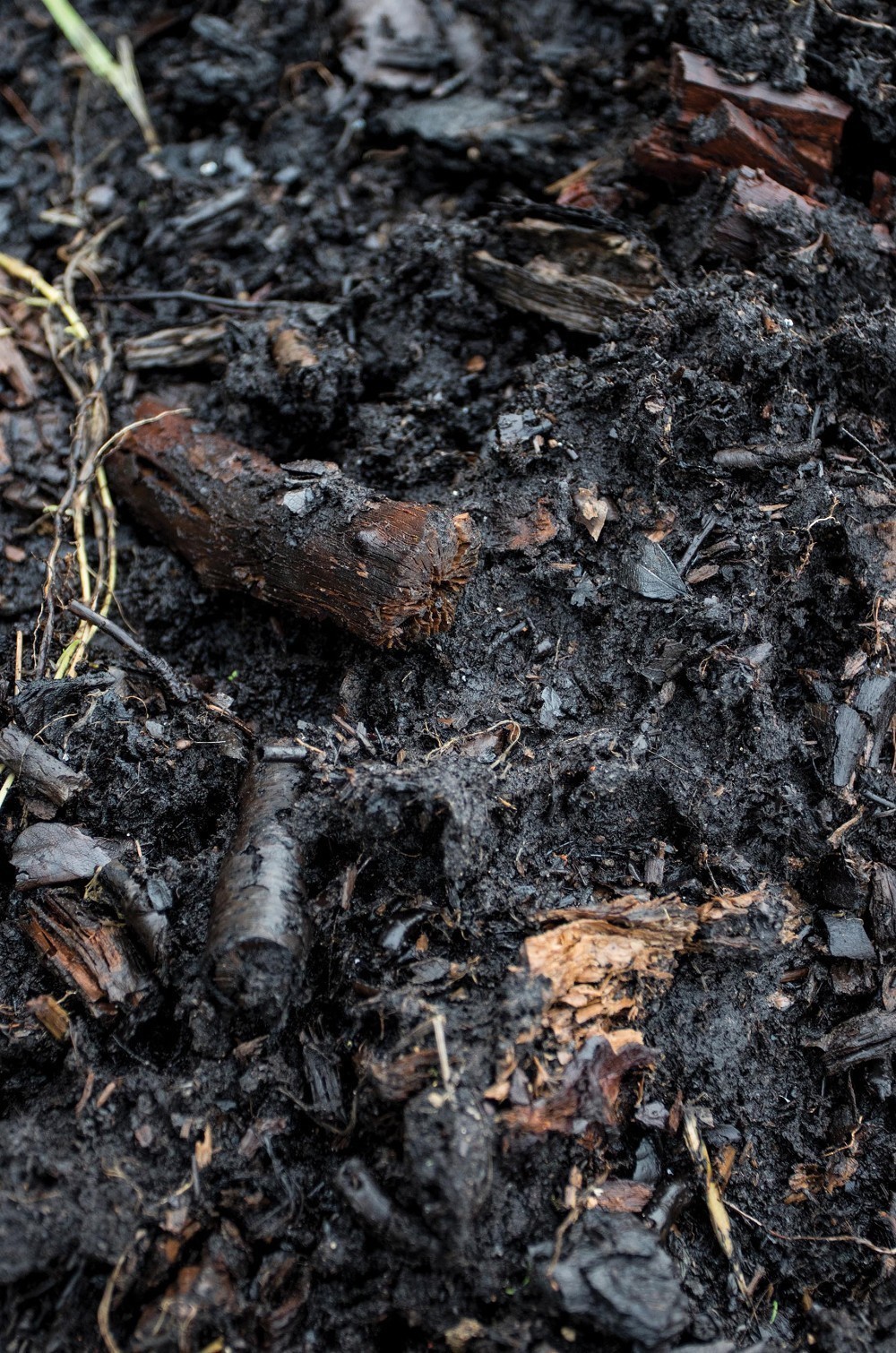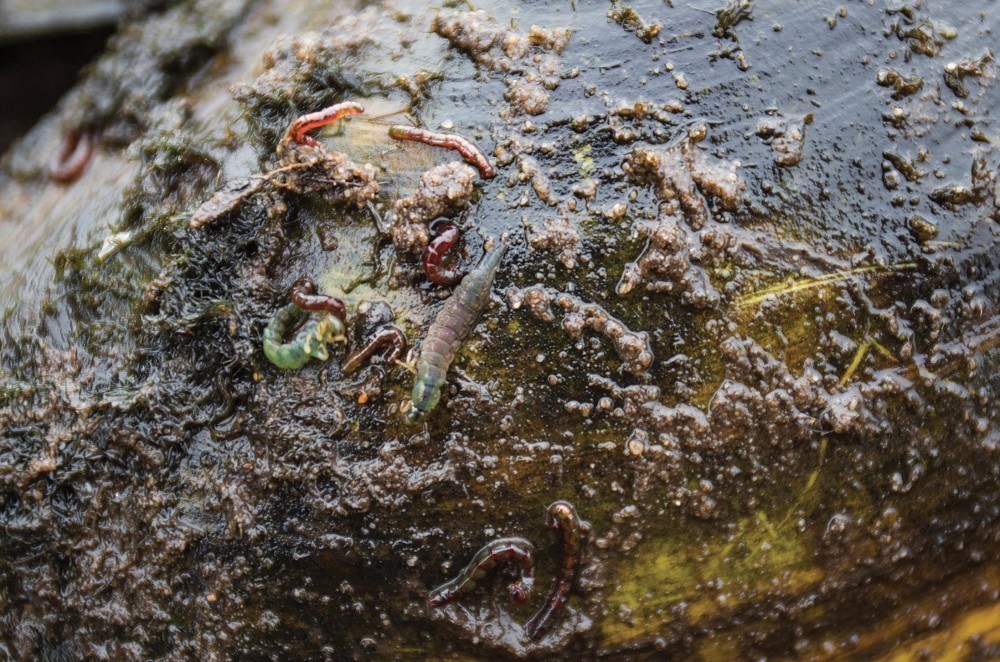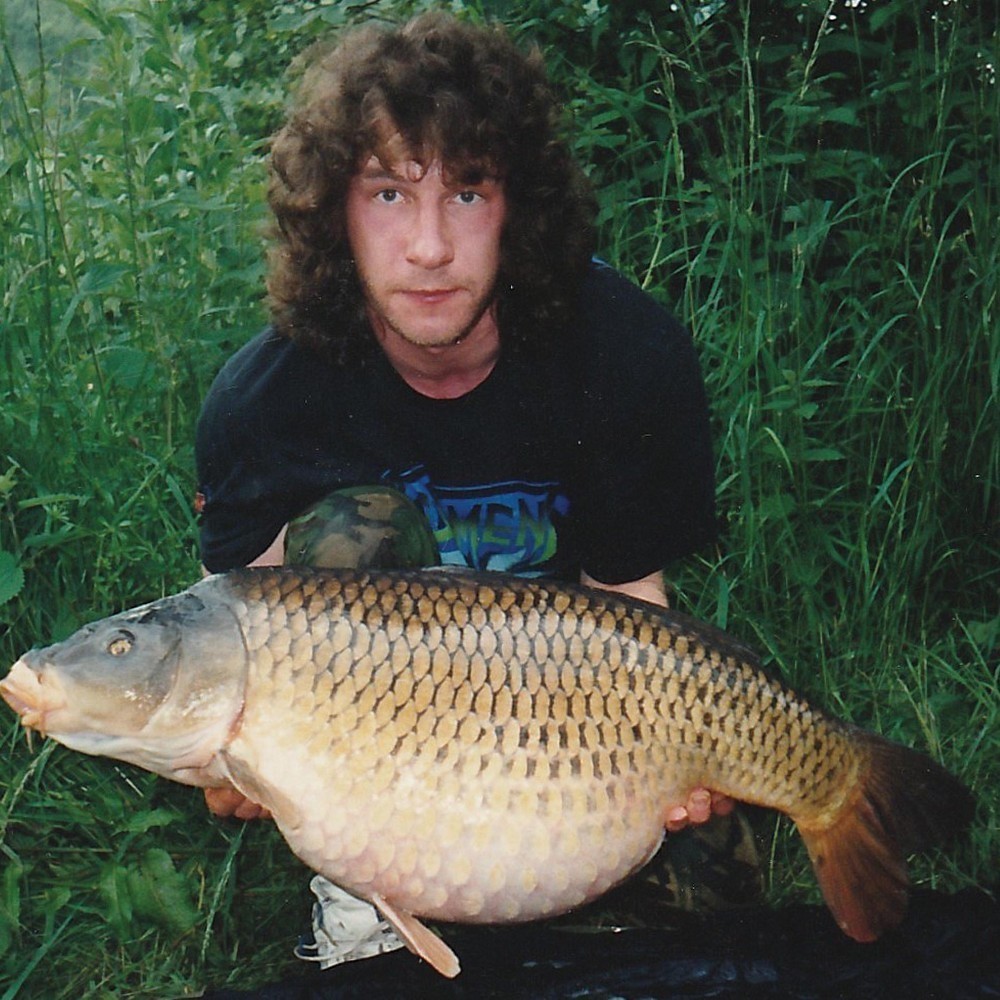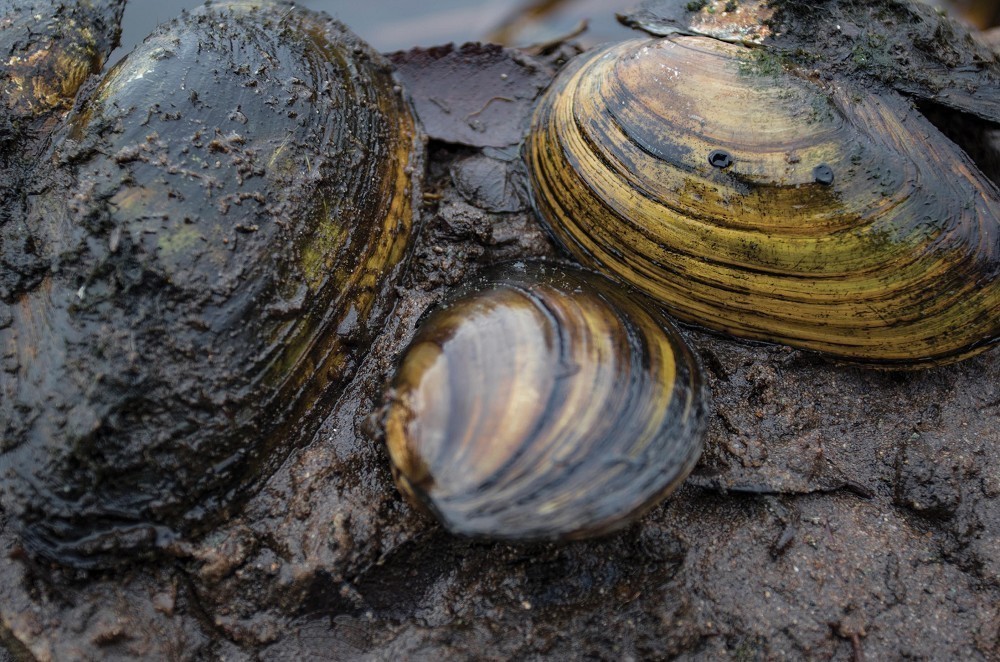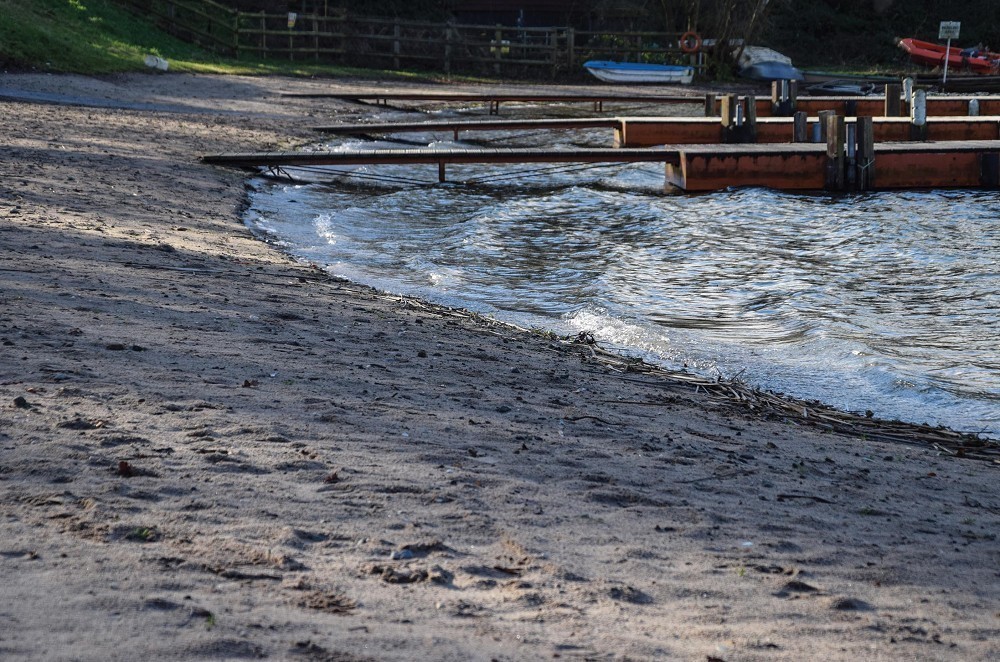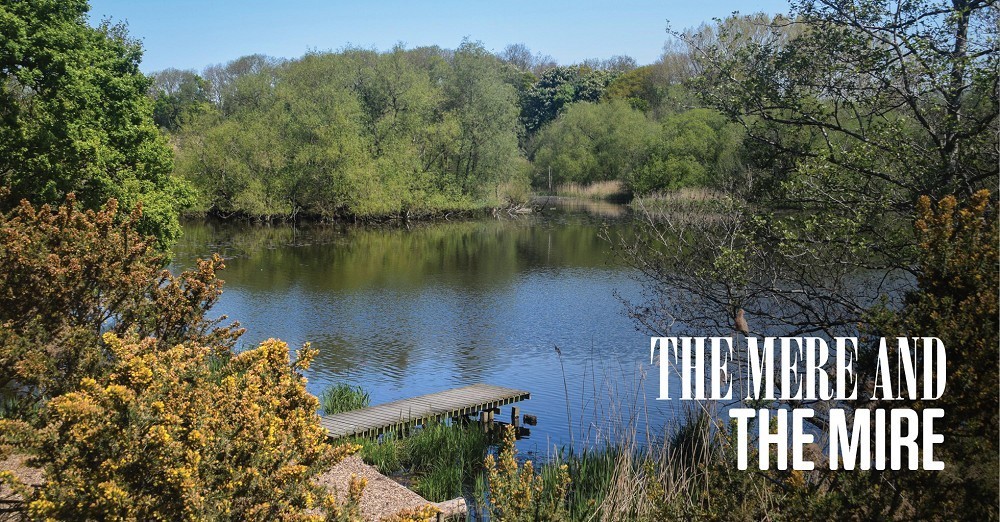
The Mere and The Mire: Part 1
Ellis Brazier explains how understanding the history of venues can often be a guide as to how to approach them
My angling upbringing centred deep in the heart of the Shropshire countryside. I cut my teeth on its silty meres catching, not only carp but a host of other species. My lifelong immersion into these historic and ancient meres, lakes and pools has been the catalyst for many of the silt-based features I’ve written, and once again I hope to draw on some of my experiences in this piece. Even just the smell of fresh silt brings back memories of my childhood, spent fishing with my father for the county’s large tench and bream. These species were ‘the thing to catch’ in the (for me anyway) ever increasingly distant ‘70s. Carp were but a distant myth in our repertoire of local waters at this time and I would have to wait a few more years before I was lucky enough to bump into this species.
Swim preparation was of paramount importance in our fishing and was carried out religiously before each ‘specimen’ angling session. A swim was ‘primed’ first by vigorous raking of the bottom with a heavy rake head, or a specially welded up silt rake. This consisted of a two-inch by two-inch iron bar that had a number of six-inch nails welded on at all angles. This lethal contraption was then be tied to a rope and carefully swung into the swim. I say ‘carefully swung’, as these creations of torture would remove parts of your body if they caught you on the way out! Once out in the lake and retrieved (via the rope), they would scour the bottom, pulling up pad stems and removing any large matter that may hinder any fishing. This process, although arduous, would not only stir up all the natural food, but also help to establish a clear area for the administration of bait. The smell I remember so well, was the scent of the stirred-up silt, that not only coloured the water, but also alerted our quarry to the banquet on offer. As any detritus that was left impaled on the rake slid off, invariably on to our clothes and where we were standing, it gave us a first-hand and close-up view of the invertebrate life in the mire. To me it smelt like fishing, and the next couple of evenings spent dragging and baiting the swim in preparation would only serve to heighten the enthusiasm for the upcoming session.
On the day of the session I would sit side-by-side with my father, us fishing sliding floats over our prepared area. Baits such as worms, bread, sweetcorn and maggots would be used to induce some of the swims bubbling inhabitants; they were happy times indeed.
But what, I hear you say, has this got to do with fishing for carp in silt. Well, the whole process I’ve recounted above taught us about what we could not see, before we committed rod and line. The type of silt found on the rake was inspected for life. The smell of the silt was noted and the trained nose of my father would never let us fish where the silt and debris had turned (as he referred to it) ‘sour’. The swim was fed with bait to enhance the natural pull of that area and we knew after a couple of nights of thrashing the water to a foam with the rake, that the bottom would be clear from line-fouling obstacles. As we cast and adjusted our floats on the day of fishing, we even knew the contours of the swim intimately. To me, all this hard work before a fishing session did not seem like a chore as I loved every second of just being around the lake: watching, listening and learning.
Types of silt
To the angler who fishes most of their sessions in silty waters, they will have built up a repertoire of tactics, much as any other situation. Just as a long-range angler will judge a distance to be cast and then select the lead size and shape required, an angler honed in with silt will do much the same. A couple of casts in a new swim and to his chosen area, and a few drags of the lead will, most of the time to the experienced silt angler, give him his lead size needed for optimum presentation and a rough idea of the length of hooklink required.
Of course, there will be occasions when the silt just seems bottomless and the initial ‘feeling’ the lead down and dragging, will tell them that if they have to fish this area, then special tactics might be required. Another example may be where an angler who fishes in heavy weed a lot, will have tried and trusted rigs and methods to deal with the situation they are faced with. Experience and confidence in your approach to these situations mentioned are the keys to success.
As I detailed in my introduction, my early experiences of fishing in silty waters for other species gave me a good grounding in what types of silt us anglers might be faced with in any situation and on most types of lakes. When putting this knowledge to use on a new, and again, silty water, I try to use these experiences to help me identify what types of silt I’m faced with and how I can utilise this to aid my presentation of both bait and rig.
Silt can vary immensely in both make-up and quantity, and not only in different waters but from area to area on the same venue. There are many different factors that can influence this, so for my fishing I tend to start the process right with the basics.
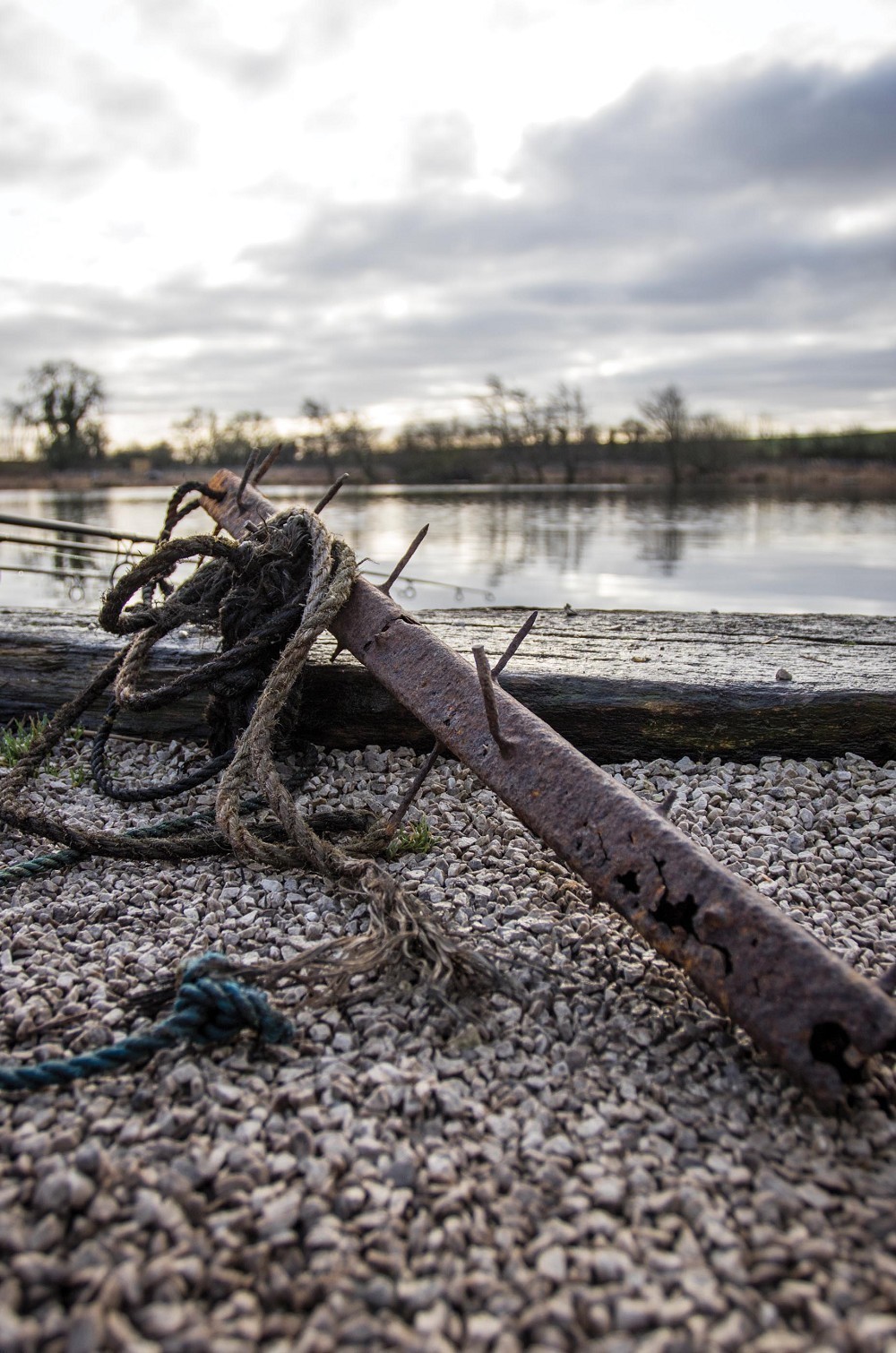 Fond memories of using this rake with my father. I was taught to be careful when throwing this into the lake
Fond memories of using this rake with my father. I was taught to be careful when throwing this into the lakeFirstly, I try to find out what type of lake I am fishing and roughly when it was created. I don’t mean down to the year or anything specific as that, just what period in time it was made, and also if possible, how it was created. What I’m getting at here is, if we know that the lake was created by the last ice age (as the majority of Shropshire and Cheshire meres were), we can pretty easily predict that it’s 11,000- to 12,000-years-old. This simply means that a lot of debris is going to collect in the watery hole that was left by the glacier; these were also known as kettle holes. If the glacier that melted and left this lake was relatively free of sediment, or was situated on higher ground - like the Lake District - then vegetation over the last few thousand years will be minimal and the ‘kettle hole’ that was left should be quite deep and steep-sided with relative silt deposits, but possibly some interesting sediment layers.
One fine example of a kettle mere is the mighty water just outside of Shrewsbury. This head-bangingly hard water features steep-sided shelves that slope confidence-sappingly steeply into abyssal depths of over fifty-feet! The surrounding steep-sided wooded valley gives warning of this as you look out over the area. I’m told by divers who’ve explored the depths in this great lake, that the silt deposits in the deeper parts are virtually suspended in the last few layers of water, giving zero visibility for anything there. Never mind worrying about whether your pop-up will be buoyant or not, at this depth due to the pressure of water; instead, consider the fact that it might be like fishing into a bowl of thick oxtail soup!
Contrary to this confidence-robbing situation, nearly half the lake has a golden sandy shore, like a picture postcard beach scene. This distant evidence of the sediment that was contained in the glacier that created this water can make watching close-in feeding carp seem more like sight fishing on a Cuban flat for bonefish than carp fishing an ancient mere.
Conversely, if the lake is situated - as some of the carp waters are in the Northwest - on lowland fertile soil, and the glacier had a lot of sediment contained within the ice; then there will be layer-upon-layer of sediment and then organic matter built up on the bottom. These waters will be of a more uniform depth and nature, but will have a seemingly bottomless layer of silt.
A lot of these lowland meres are coming towards the end of their ‘life’. The famous Mangrove and Birch Grove, and the almost-joined and infamous Erewon, that once housed our country’s biggest carp (era: late ‘80s) are all almost full of silt. The land between them is marshy and floods in very wet winters, giving us a glimpse of the past when these meres were all one great lake. Time, and the layering of sediment and dead vegetation has refilled almost all of this area now, leaving just the last few, deep pockets that form these separate and ancient waters.
As an example of the depth of silt in some of these lakes, I was once helping to build a fishing platform out over the water on Erewon. We had the walkway in place through the maze of reeds that surround this mere, but needed to build a bivvy area at the end. The water, at this time was around 4ft deep and we had jump-rails around 10ft long to use as legs. One of the local anglers who’d built his fair share of these stages said that the rails were no good and too short… when I asked him what length he had in mind for the poles, he pointed to a 30ft tall alder tree and told me to cut it down and use the long trunk! As I use a chainsaw at work and can fell the odd tree or two, it wasn’t a problem, but how would we erect something that tall into the lakebed? ‘Push it!’ was the answer.
I watched in amazement as two men dropped the end of the tree into the water and then, with the help from the others, literally walked it upright and pushed it down into the silt - 25ft of tree simply pushed into the lakebed like a tent peg into sandy soil! As I mulled over what I’d just witnessed, it made me realise that when we talk of firmer patches in silt of this depth and age, we’re talking about areas that are just marginally firmer… just a crust of well compacted debris or maybe an old tree that has been consumed by the lakebed and is in the almost petrified state of decomposition.
To illustrate the point about dead and fallen trees forming firm patches further, I was recently extending the stock ponds at Mangrove, directly adjacent to the mere. Work was being carried out by a digger and frequently, when the driver was scooping out the layers of compacted silt that makes up the ground all around this area, his machine would slow as if he had hit a layer of rock. On inspection each time the ‘layer of rock’ turned out to be tree trunks virtually preserved in the bog over the years and from a long-forgotten age. These trees, fallen and swallowed by both the passage of time and the built up debris, create firm areas within the layered detritus.
Another less extreme example of a possibly heavily silted lake could be an estate lake, or any shallow dug water with heavy vegetation around it that’s been around for sometime. Leaves and organic matter collect and decompose, and slowly these pools are filled with food-rich silt. One of the siltiest waters I’ve ever had the pleasure of fishing was created for monks to cultivate food, by prisoners of the Napoleonic War. This water was basically dug, by hand and shovel, into the side of a bank creating a dam on one side and beautiful rolling countryside on the other. The lake was dug in bays with connecting channels so the monks could close and drain the bays separately, to collect the fish and also use the fertile silt as prime ground to grow seasonal vegetables before re-flooding.
This clever use of the resource has long-since ended and now the lake bears the silt of a few hundred years. Once again, the bottom differs in density from area to area, but nowhere on this famous Northwest lake could it be called hard. Yes, the occasional firmer patch can be found by the diligent angler, but most of the bottom is extremely soft. I waded into this lake many years ago to retrieve snagged fish in the lily bed that was halfway along its mighty mile and a half-length. With the water in this area being just a couple of feet deep, if I did not stand on the lily stems I would totally submerge. Now I’m not, by any stretch of the imagination a tall person, but that silt was like thick water. I could, if you like, tread water in silt, it was that soft. Although I’ve given this example to show just how silty lakes can get, please do not, under any circumstances, try wading or swimming in such places as they are extremely dangerous. I was young and stupid in those days… now I’m just stupid!
The examples I’ve given have been extreme, but I hope I’ve made the point that if you have a basic understanding of how and when your chosen venue was created, then you can start to understand what to expect with regards to the make-up of the bottom and how best to approach it. All are of the extreme when it comes to waters containing silt. Obviously, any water that’s been around for a while, will start to accumulate organic matter that in turn, when it starts to decompose, will create a silty layer. I have purposely avoided gravel and clay pits, even though most of these, unless created fairly recently, will have silt deposits. In fact, some of the most luscious and obvious silty features I have ever had the pleasure to find, were in-between bars and gullies on gravel pits. Those areas where smooth fine silt gives way to the ‘tap tap’ of the gravel, is an area that has for me, produced untold amounts of success where I sometimes long to find, when every cast with the marker or lead just signals the same dull pull through the bottomless mire of another ancient mere. In these almost inert conditions, sometimes it can pay to take a different angle from that of the pull of a marker set-up, and look at how we might get a clue as to where the carp might feed.
Next month I will attempt to look more closely at some of the features I’ve come across in these deep, silty venues and how I’ve applied methods to achieve success there. As always, there will be nothing ground-breaking or revolutionary, just the application and trial and error, and time spent fishing these ancient, but exciting venues.





